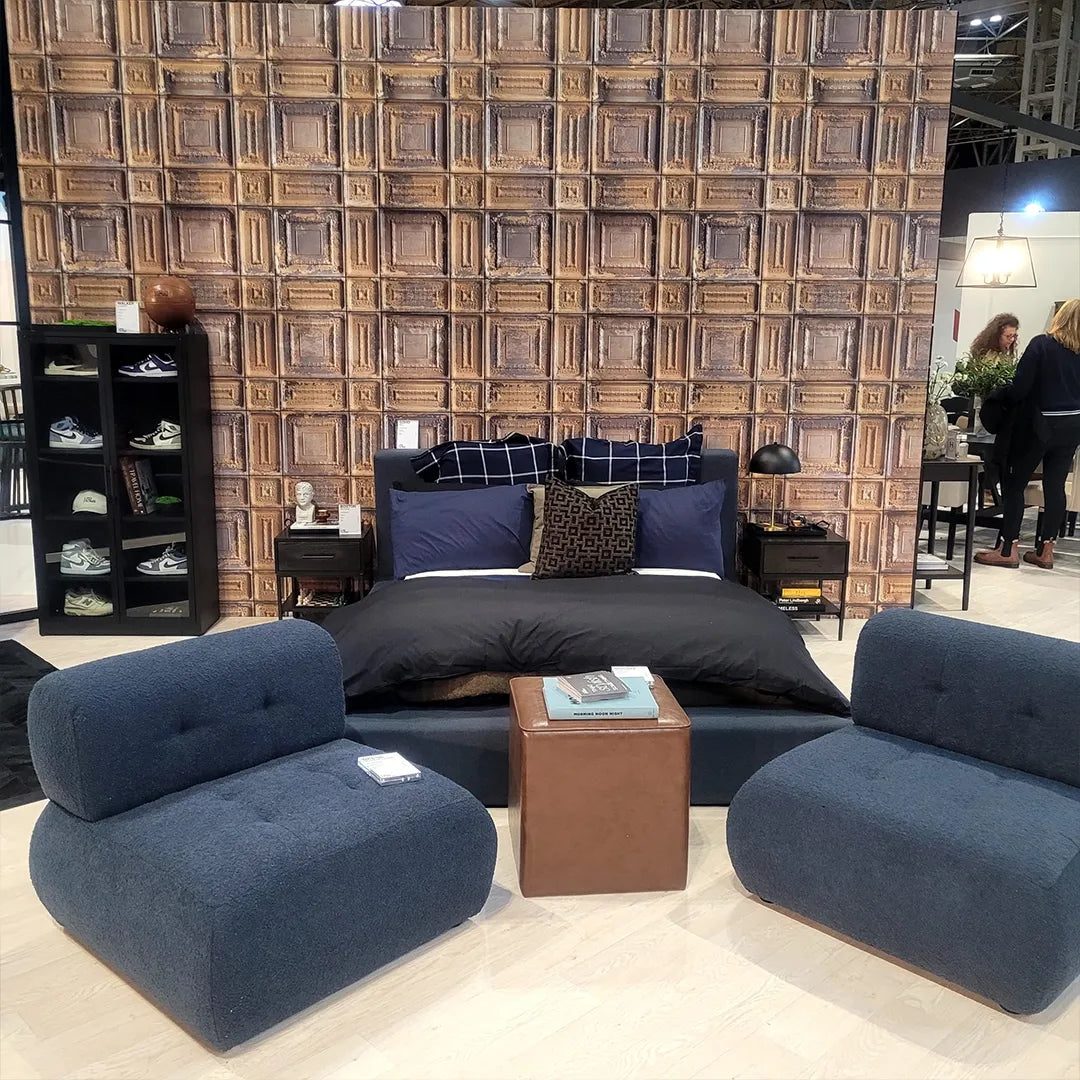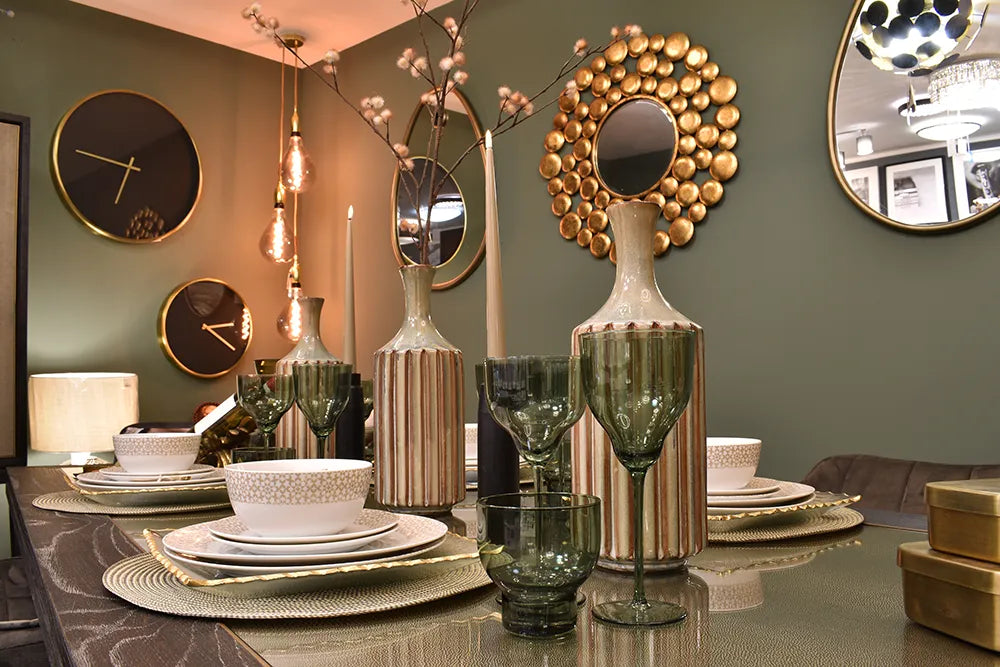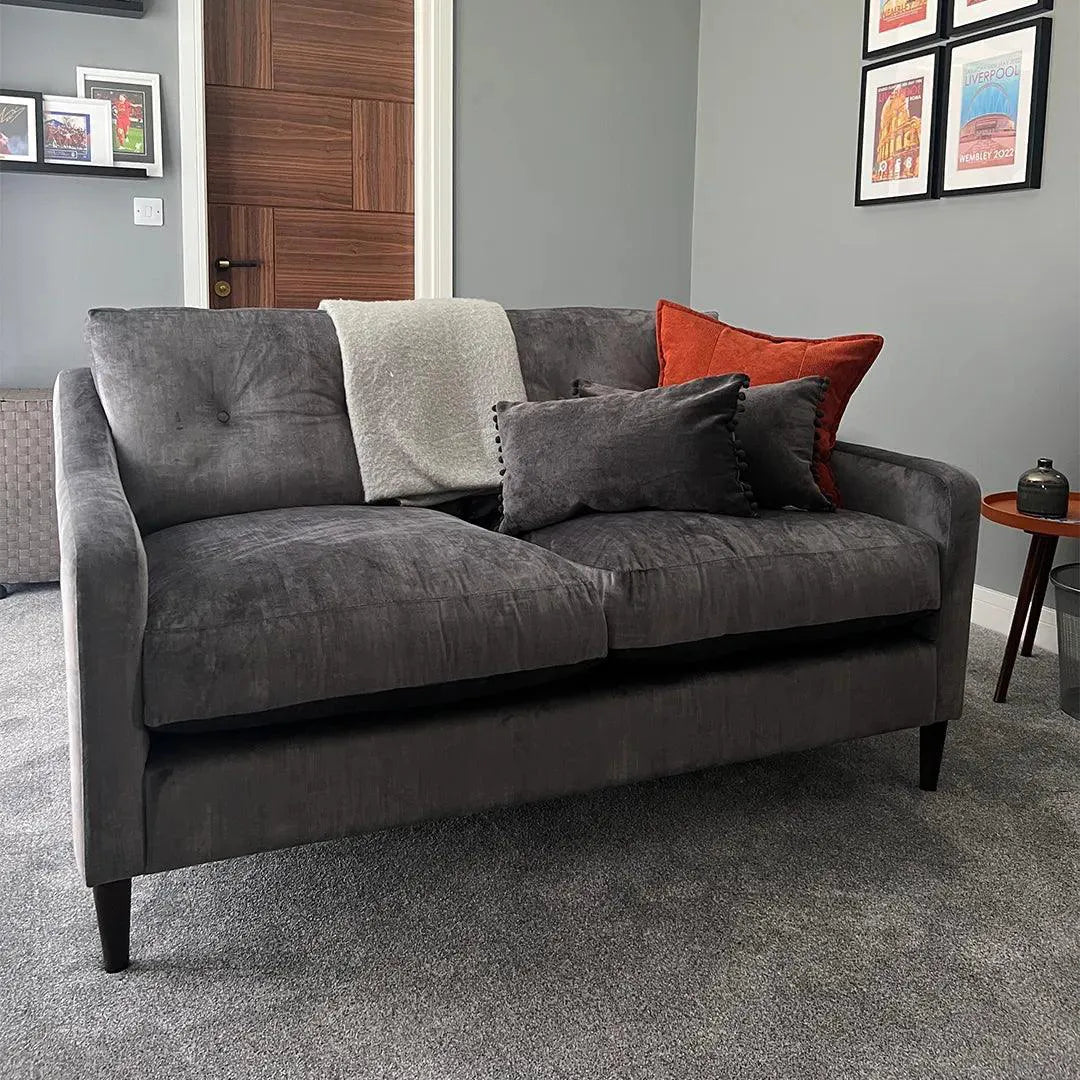Illuminating Spaces: The Power of Lighting in Interior Design
When it comes to designing a space, lighting plays a crucial role in setting the right ambience, enhancing functionality, and highlighting architectural features. Properly planned and executed lighting can transform a room, creating a captivating and inviting atmosphere. In this blog, we will explore the power of lighting in interior design and how it can significantly impact the look and feel of any space.
Setting the Mood:
One of the most powerful aspects of lighting in interior design is its ability to establish a specific mood or atmosphere. Whether you're aiming for a cosy and intimate setting or a vibrant and energetic ambience, the strategic use of lighting can achieve it all. By employing dimmers, different light intensities, and colour temperatures, you can create a desired atmosphere that complements the function and purpose of the room.
Highlighting Architectural Features:
Architectural elements such as textured walls, unique ceiling designs, or intricate moldings often go unnoticed without proper lighting. Skillfully positioned lights can accentuate these features, bringing attention to the architectural details that make a space truly special. Whether it's through the use of recessed lighting, track lighting, or wall sconces, illuminating these elements adds depth and character to a room.


Enhancing Functionality:
Lighting is not solely about aesthetics; it also plays a vital role in enhancing the functionality of a space. Different areas of a room require varying levels and types of lighting. For instance, task lighting is essential in kitchens and home offices to provide ample illumination for specific activities. In bathrooms, vanity lighting should be carefully chosen to ensure optimal visibility for grooming tasks. By considering the functional needs of each area, lighting design can greatly improve the efficiency and usability of a space. If you need more help selecting the correct style of lighting read our top 5 tips on selecting the perfect lighting.
Creating Visual Interest:
Lighting fixtures themselves can serve as captivating design elements, adding personality and style to a room. Pendant lights, chandeliers, and floor lamps come in a wide range of designs, from sleek and modern to ornate and vintage. By carefully selecting these fixtures, you can inject a touch of elegance, playfulness, or sophistication into any space, making it visually engaging and unique.
Shaping Perception of Space:
The right lighting design can manipulate the perception of space within a room. Brighter, well-lit areas tend to feel more spacious and open, while dimly lit corners can create cosy nooks. By playing with lighting techniques such as uplighting, downlighting, and wall washing, you can visually alter the proportions and dimensions of a room. This becomes particularly valuable in smaller spaces, where lighting can make a significant difference in how the area is perceived.
Incorporating Natural Light:
Natural light is a valuable asset in any interior design. Harnessing natural light not only reduces energy consumption but also provides a sense of connection to the outdoors and a healthy environment. Maximising the use of windows and skylights allows ample natural light to flood the space, creating a bright and refreshing atmosphere. Additionally, combining natural light with artificial lighting sources allows for greater flexibility throughout the day and ensures a well-balanced lighting scheme.

Lighting is an indispensable tool in interior design, offering a simple way to transform spaces throughout the home. Contact us to work with our team to ensure that you choose the best lighting to suit the needs and visual aesthetic of your home











